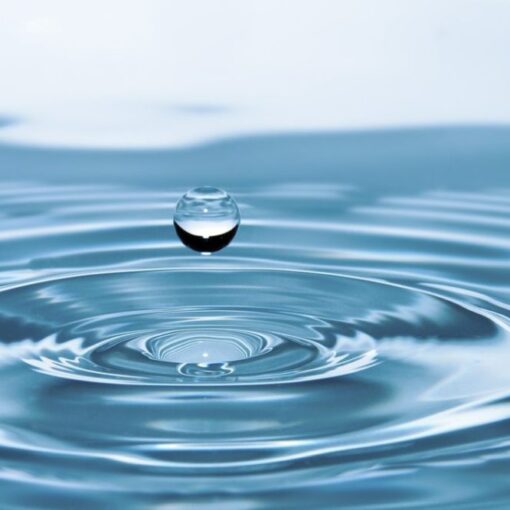By Barbara Sattler, RN, DrPH, FAAN
Professor, University of San Francisco
Board Member, ANHE
Abstract
The development of new competencies has been the driver for creating a number of supportive tools on environmental health and nursing. The Alliance of Nurses for Health Environments has created educational materials, assessment tools, and tools for searching environmental health evidence. In combination these tools can help nurses identify, prevent, and manage environmentally related illnesses. Nurses are in excellent positions to educate our patients and community members about risks that they can control, and nurses are effective persuaders in environmental health advocacy. This blog describes some of the tools that can help nurses become competent in environmental health.
Blog
The Alliance of Nurses for Healthy Environments has created a number of tools to help nurses integrate environmental health into nursing education, practice, research, and policy advocacy. An early effort, even before the tool development was the creation of a set of nursing competencies that all nurses should attain. Below are a few of the competencies and supporting tools that have been created by nursing members of ANHE.
Applying Environmental Health Knowledge
All nurses should understand basic environmental health concepts. The virtual textbook, e-Text, created by ANHE members can be found on the website www.enviRN.org. This is a great place to find some of the basic concepts of environmental health. Nurses should be able to apply these concepts in our practice settings. For instance, we should incorporate questions about our patients’ environmental exposures into our nursing assessments. By asking questions about the potential for exposures to common risks like lead based paint dust, pesticides, and bisphenol A (BPA), we can create an opportunity to provide helpful anticipatory guidance and/or referrals. Also on the ANHE website, you will find ready made environmental assessment forms. You’ll find a general one about people’s exposures in the home and another assessment form is specific for using with pregnant women.
Incorporating environmental risk factors across the lifespan
All nurses learn about human growth and development but we don’t always learn about the ways in which people are particularly vulnerable to toxic chemicals during specific times during the life span. For instance, during the prenatal period a great many chemicals pass through the placenta and can be very harmful to the fetus. These exposures include mercury and pesticides, two exposures that can be reduced or eliminated. Small children breathe, drink, and eat more per body weight than adults. Therefore children’s “dose” of potentially toxic chemicals in our air, water, and food winds up being higher than adults. Additionally, their hand-to-mouth activities enhance their intake of toxic chemicals that may be in household dust or soil.
In adulthood, we have increased risks of occupational exposures to a wide range of chemicals: paints, solvents, plasticizers, adhesives, industrial cleaning products, sterilants, and so on. Asking our adult patients about their work exposures and practices can help us to understand potential causes for their illnesses. And as we become older adults, we begin to lose some of our capacity to detoxify and/or excrete toxic chemicals as our liver and kidneys become less efficient. This results in greater retention of toxic chemicals with an associated increase in their potential to cause harm.
Utilizing scientific evidence
Most nurses have skills for searching the nursing literature through CINAHL and PubMed, but very few have ever used the National Library of Medicine’s (NLM) ToxNet resources that are a suite of informational sources and databases.
Collaborates with others
The way in which ANHE is structured nurses can join monthly calls for each of the standing workgroups. Policy, Research, Practice, Education – Work Groups Additionally there are Climate Change and Fracking Committees. While on these calls, nurses have developed plans for tool development, policy initiatives, and mechanisms to support each other’s work. For instance on the Research Work Group calls, both faculty and graduate students have an opportunity to discuss their research ideas in a mutually supportive manner. There are very few nursing faculty who are expert in environmental health. It’s important to have opportunities to speak with such experts and these monthly calls provide opportunities for just that.
Advocating for healthy environments and our right to know about toxic chemicals
Policy work is where ANHE has really shined over the years. The ANHE Policy-Advocacy Work Group has been hugely successful in helping to bring nurses’ voices to a range of policy discussions, at both state and national level. Working with the national Safer Chemicals Coalition we helped to pass a national chemical safety policy in 2016. Additional policies that nurses have advocated for include the Clean Power Plan, Safe Cosmetics, and state-level moratorium on fracking. Bringing environmental policies to professional nursing organizations in order to create position statements, sign onto support letters, and advocate in policy arenas is an important part of our professional development regarding environmental health.
These are just a few of the ways in which nurses are exhibiting mastery of their environmental health competencies. Given that environmental health is now part of nursing’s domain, as defined by the ANA’s Scope and Standards of Professional Nursing Practice, all nurses should be working towards their own competencies in this exciting and critical arena.
- Full list of environmental health nursing competencies can be found on page 20 or Unit 1 in the etext. Go to full eText or Unit 1.
- To find out more about ANHE, go to: enviRN.org
- Institute of Medicine Report, Nursing, Health, and the Environment (online version) https://www.ncbi.nlm.nih.gov/books/NBK232401/#_ddd00053_





